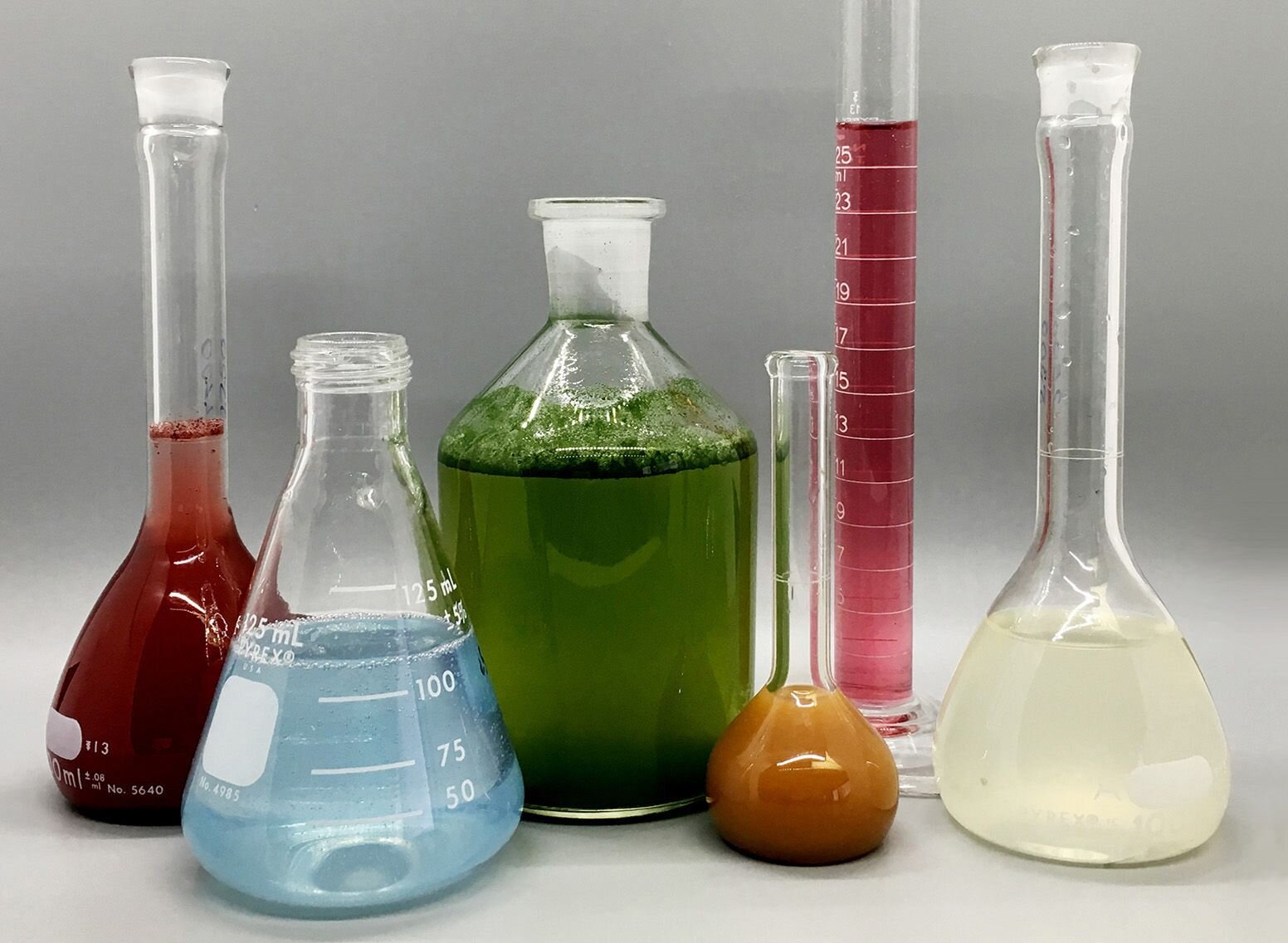Some Known Incorrect Statements About Circularly Polarized Luminescence
Table of ContentsThe Uv/vis DiariesUnknown Facts About Uv/visIndicators on Spectrophotometers You Should KnowThe Main Principles Of Spectrophotometers The Buzz on Uv/vis/nir

Although spectrophotometry is most commonly used to ultraviolet, noticeable, and infrared radiation, modern spectrophotometers can question broad swaths of the electromagnetic spectrum, consisting of x-ray, ultraviolet, visible, infrared, and/or microwave wavelengths. Spectrophotometry is a tool that hinges on the quantitative analysis of particles depending upon how much light is soaked up by colored substances.
The Only Guide for Spectrophotometers
A spectrophotometer is typically utilized for the measurement of transmittance or reflectance of options, transparent or nontransparent solids, such as refined glass, or gases. Numerous biochemicals are colored, as in, they absorb noticeable light and for that reason can be measured by colorimetric procedures, even colorless biochemicals can frequently be converted to colored compounds suitable for chromogenic color-forming reactions to yield substances ideal for colorimetric analysis.: 65 Nevertheless, they can likewise be designed to measure the diffusivity on any of the noted light ranges that generally cover around 2002500 nm using different controls and calibrations.
An example of an experiment in which spectrophotometry is used is the determination of the equilibrium constant of a solution. A specific chemical reaction within an option might take place in a forward and reverse direction, where reactants form items and items break down into reactants. At some time, this chemical response will reach a point of balance called a stability point.
Examine This Report about Uv/vis
The quantity of light that goes through the option is a sign of the concentration of certain chemicals that do not permit light to go through. The absorption of light is because of the interaction of light with the electronic and vibrational modes of molecules. Each type of molecule has a private set of energy levels connected with the makeup of its chemical bonds and nuclei and hence will absorb light of specific wavelengths, or energies, leading to unique spectral residential or commercial properties.
They are commonly utilized in many markets consisting of semiconductors, laser and optical production, printing and forensic examination, as well as in labs for the research study of chemical substances. Spectrophotometry is frequently utilized in measurements of enzyme activities, determinations of protein concentrations, decisions of enzymatic kinetic constants, and measurements of ligand binding reactions.: 65 Eventually, a spectrophotometer is able to identify, depending on the control or calibration, what compounds are present in a target and precisely how much through calculations of observed wavelengths.
Created by Arnold O. Beckman in 1940 [], the spectrophotometer was produced with the aid of his coworkers at his business National Technical Laboratories established in 1935 which would become Beckman Instrument Company and ultimately Beckman Coulter. This would come as a service to the previously created spectrophotometers which were not able to take in the ultraviolet correctly.
What Does Uv/vis Mean?
It would be discovered that this did not offer satisfactory results, therefore in Design B, there was a shift from a glass to a quartz prism which permitted much better absorbance results - circularly polarized luminescence (https://disqus.com/by/julieanndesalorenz/about/). From there, Model C was born with a modification to the wavelength resolution which ended up having 3 systems of it produced
It was produced from 1941 to 1976 where the cost for it in 1941 was US$723 (far-UV devices were an option at extra cost). In the words of Nobel chemistry laureate Bruce Merrifield, it was "most likely the most crucial instrument ever developed towards the advancement of bioscience." Once it ended up being stopped in 1976, Hewlett-Packard produced the very first commercially offered diode-array spectrophotometer in 1979 known as the HP 8450A. It irradiates the sample with polychromatic light which the sample soaks up depending on its properties. It is transferred back by grating the photodiode array which official site spots the wavelength area of the spectrum. Ever since, the creation and execution of spectrophotometry gadgets has increased immensely and has actually turned into one of the most innovative instruments of our time.

Spectrophotometers Fundamentals Explained
Historically, spectrophotometers utilize a monochromator consisting of a diffraction grating to produce the analytical spectrum. The grating can either be movable or fixed. If a single detector, such as a photomultiplier tube or photodiode is used, the grating can be scanned step-by-step (scanning spectrophotometer) so that the detector can determine the light intensity at each wavelength (which will represent each "action").
In such systems, the grating is repaired and the strength of each wavelength of light is determined by a different detector in the range. When making transmission measurements, the spectrophotometer quantitatively compares the portion of light that passes through a recommendation solution and a test solution, then digitally compares the strengths of the 2 signals and computes the percentage of transmission of the sample compared to the recommendation requirement.
